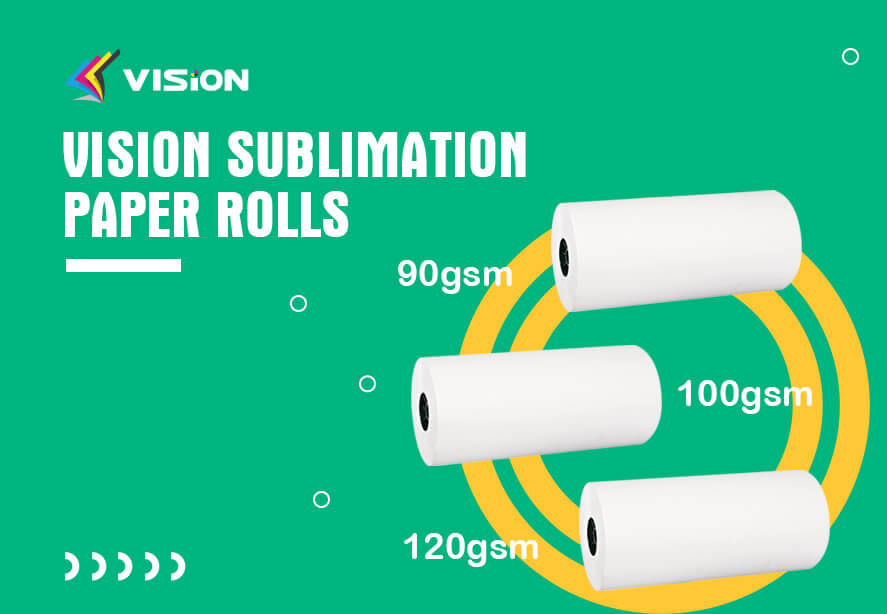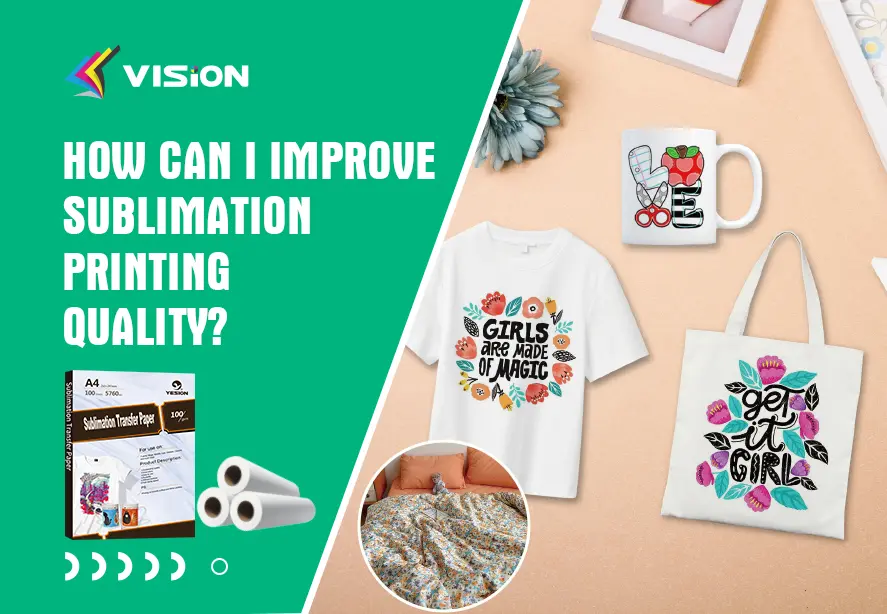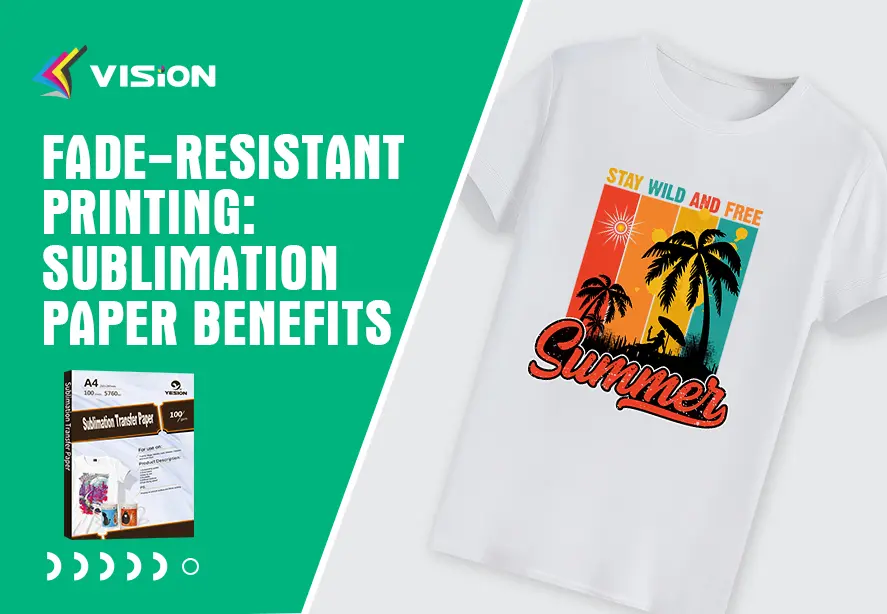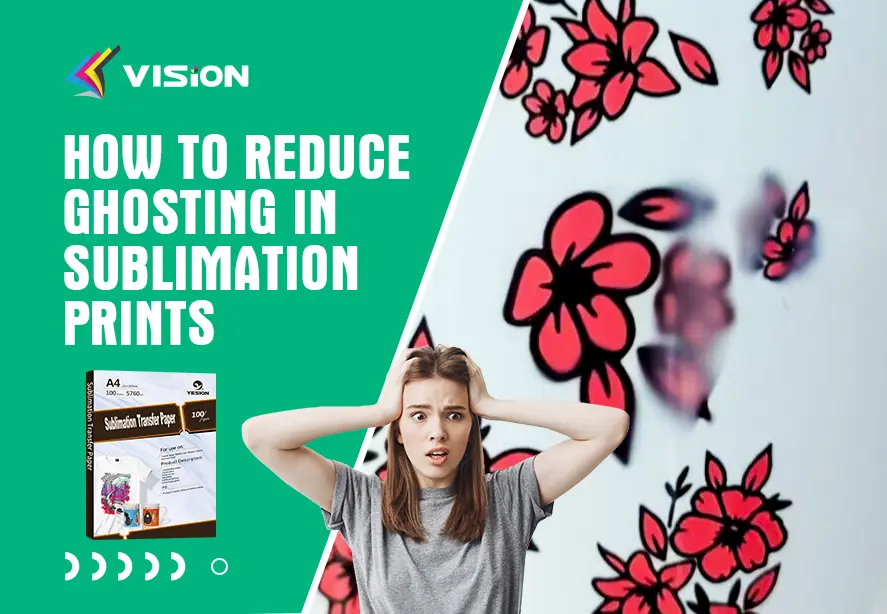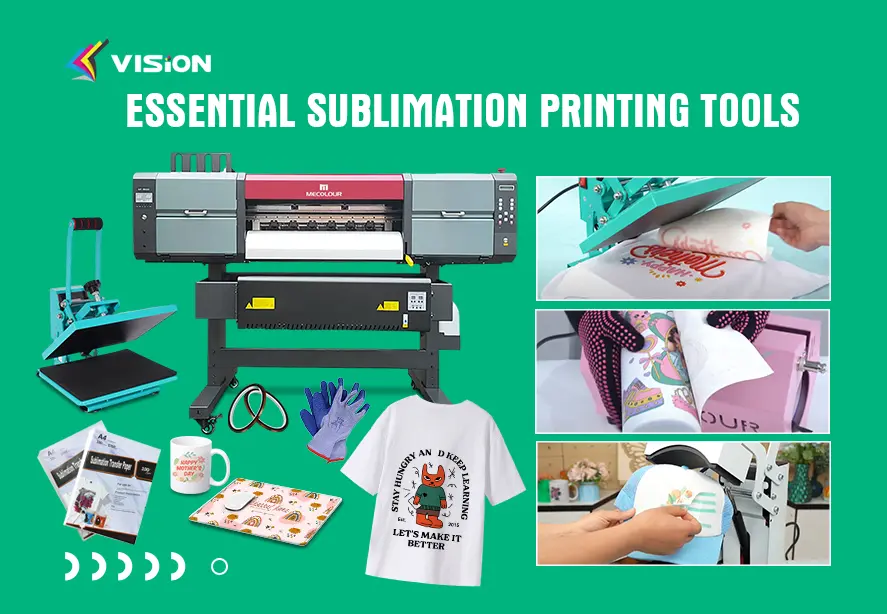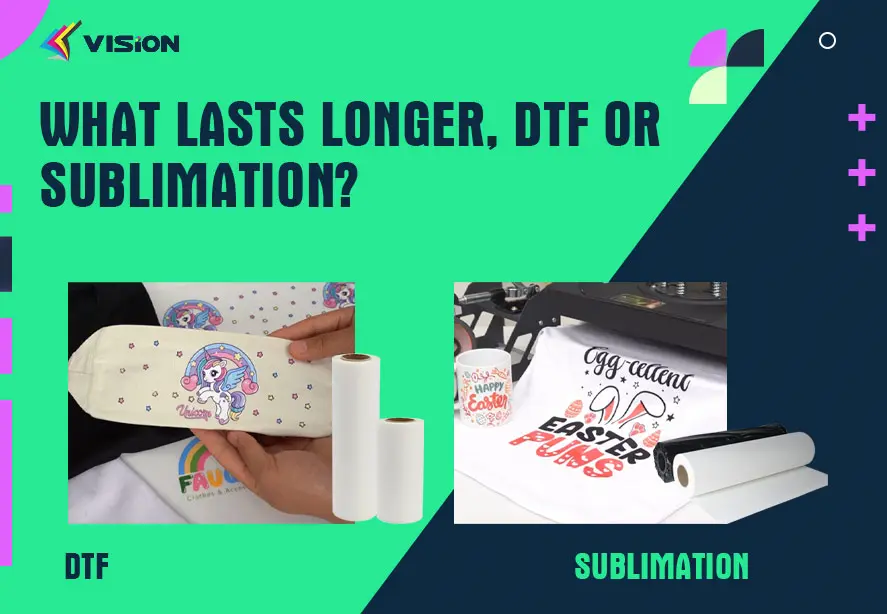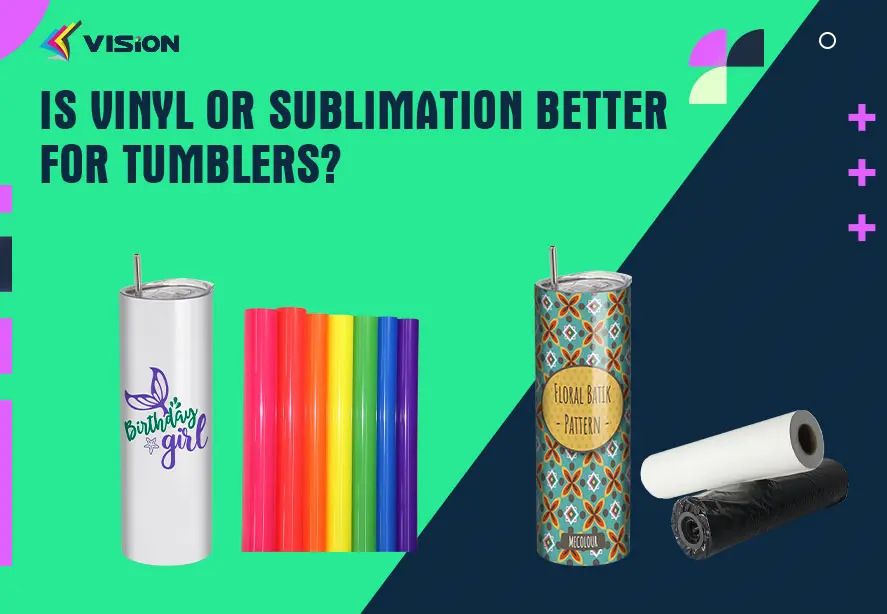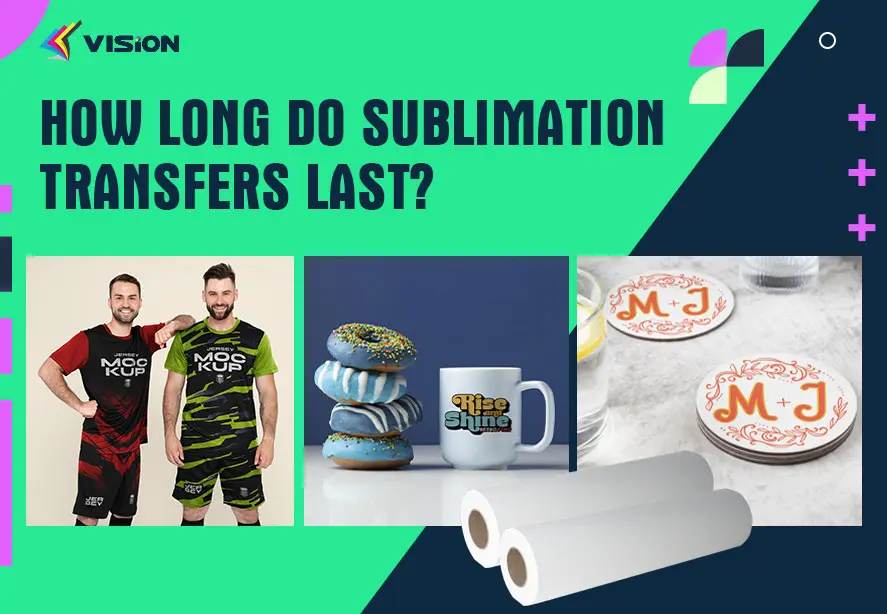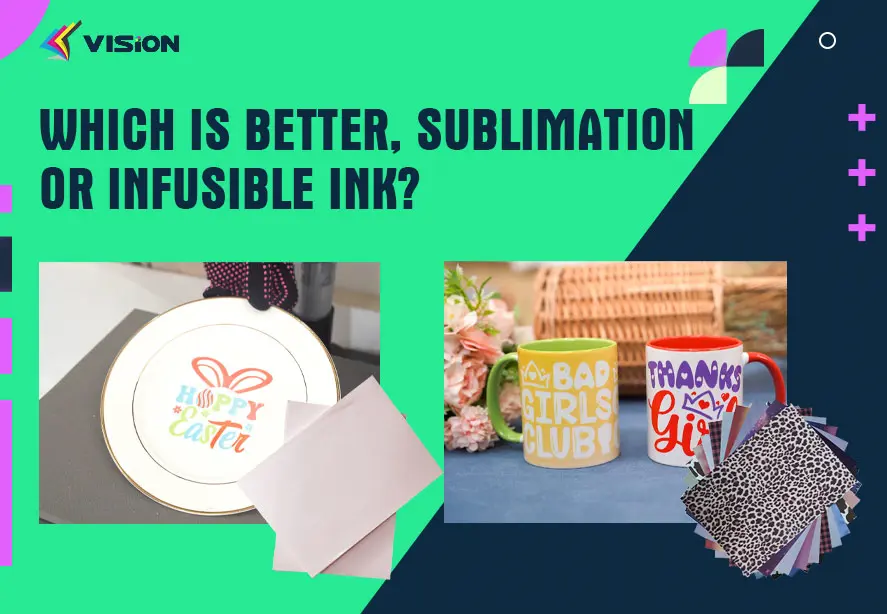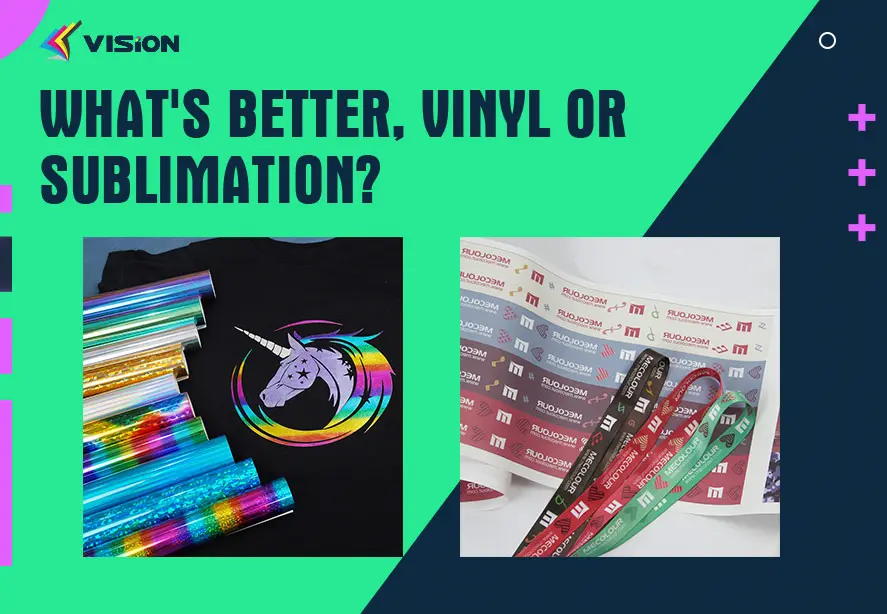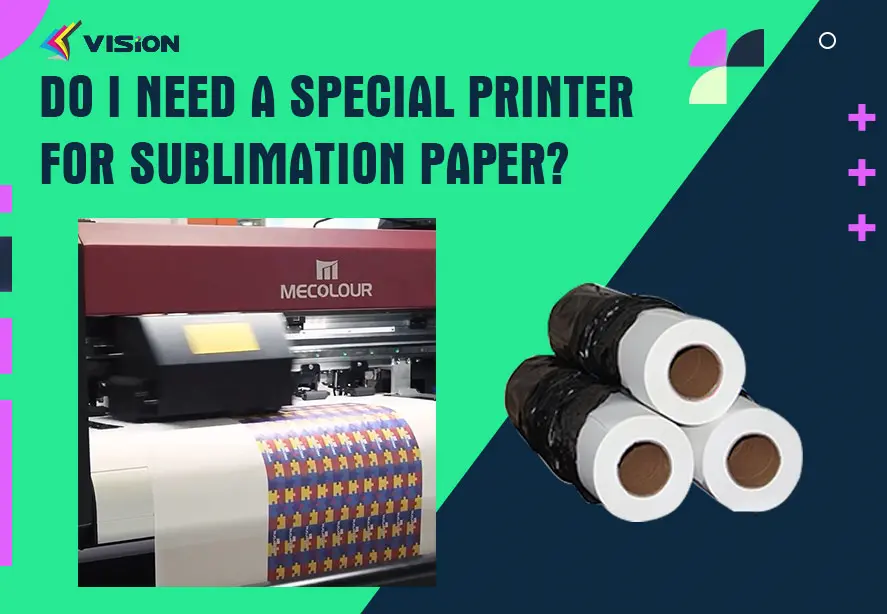
Blog
Is sublimation paper glossy or matte?
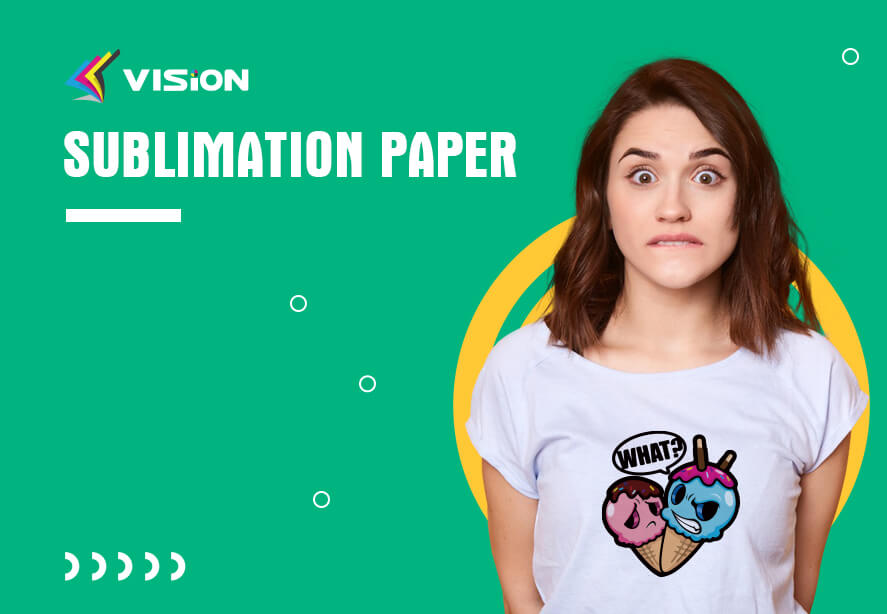
Sublimation printing is a popular printing technique that allows for high-quality and long-lasting prints on a variety of surfaces and materials. One of the most important components of the sublimation printing process is the sublimation paper, which is used to transfer the design onto the final substrate. Sublimation paper comes in a variety of finishes, including glossy and matte. In this blog post, we will explore the differences between glossy and matte sublimation paper and help you choose the right one for your printing needs.
Glossy Sublimation Paper
Glossy sublimation paper has a shiny, reflective finish that can enhance the colors and overall appearance of your prints. This type of sublimation paper is often used for printing high-resolution photographs or designs with vibrant colors. The glossy finish can help to make colors pop and create a more polished look.
One of the advantages of using glossy sublimation paper is that it can produce prints with higher contrast and sharper detail. The glossy finish reflects light more than a matte finish, making the printed image appear more vibrant and dynamic. Glossy sublimation paper is also often preferred for printing on dark or colored fabrics, as the glossy finish can help the ink to stand out against the background.
However, there are also some potential disadvantages to using glossy sublimation paper. The reflective surface can make it difficult to view the print from certain angles or under certain lighting conditions, and it can also be prone to fingerprint smudges or other marks. Additionally, the glossy finish can sometimes make it harder to achieve a smooth, even transfer of the design onto the final substrate.
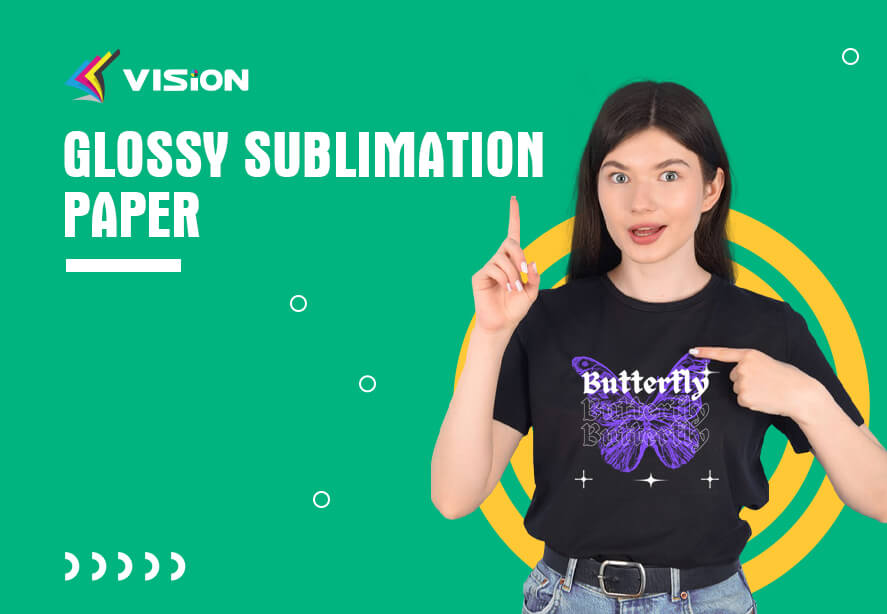
Glossy Sublimation Paper
Matte Sublimation Paper
Matte sublimation paper, on the other hand, has a more subdued, natural finish that can create a softer and more subtle look. This type of sublimation paper is often preferred for printing designs with a more muted or pastel color palette. The matte finish can create a more organic and natural look, and it can also be easier to view from different angles and under different lighting conditions.
One of the advantages of using matte sublimation paper is that it can produce prints with a more even and consistent appearance. The lack of reflectivity can make it easier to achieve a smooth transfer of the design onto the final substrate, and it can also make the printed image look more consistent and cohesive.
However, matte sublimation paper can sometimes produce prints with less contrast and detail than glossy paper. The lack of reflectivity can make the colors appear duller or less vibrant, and it may not be as effective for printing on dark or colored fabrics. It is best applied to light colored fabrics.
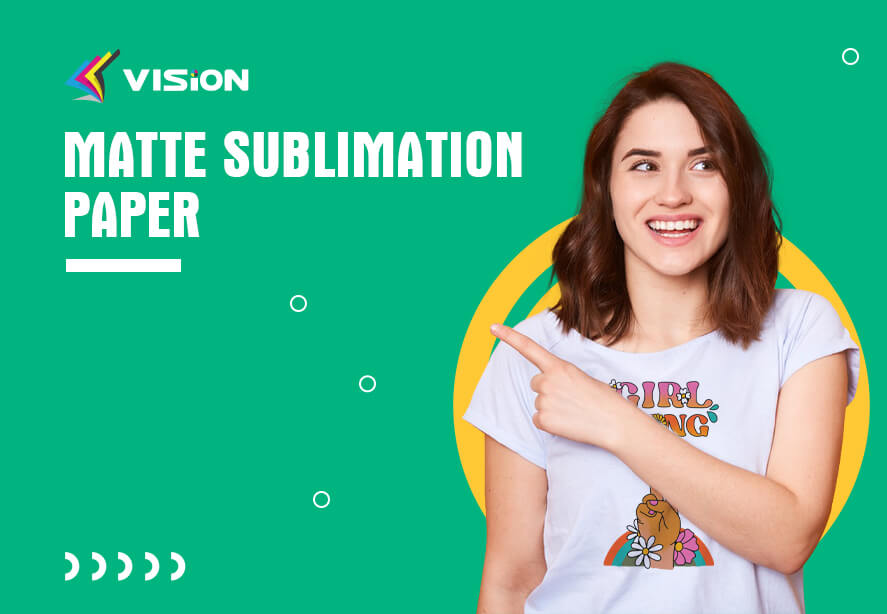
Matte Sublimation Paper
Choosing the Right Sublimation Paper
The choice between glossy and matte sublimation paper ultimately depends on your specific printing needs and preferences. Consider the type of design you are printing, the colors you are using, and the final substrate you will be transferring the design onto.
If you are printing a design with vibrant colors or high contrast, or if you are printing on a dark or colored substrate, glossy sublimation paper may be the best choice. On the other hand, if you are printing a design with a more natural or subdued color palette, or if you prefer a softer, more organic look, matte sublimation paper may be a better option.
It’s also worth noting that there are some sublimation papers that offer a hybrid finish, combining elements of both glossy and matte finishes. These papers can offer the best of both worlds, with enhanced color vibrancy and detail as well as a more subdued, natural look.
Taking the time to experiment with different sublimation papers and finishes is key to finding the right one for your printing needs. Consider trying out different brands and products, and experiment with different finishes to see how they affect the final appearance of your prints.
When testing out different sublimation papers, pay attention to factors such as color vibrancy, contrast, and detail. Look for a paper that produces sharp, high-quality prints with accurate colors and consistent results.
In addition to the finish of the paper, consider other factors such as weight, thickness, and drying time (Depending on the drying time, VISION offer fast dry and instant dry sublimation paper). These factors can also affect the final appearance of your prints and may impact your overall printing process.
It’s also worth noting that different sublimation papers may work better with different types of sublimation inks or printing systems. Be sure to check the manufacturer’s recommendations and specifications to ensure that you are using the paper correctly and getting the best possible results.
In conclusion, both glossy and matte sublimation paper have their advantages and disadvantages,
finding the right sublimation paper and finish is a matter of trial and error. By testing out different options and paying close attention to the results, you can find the perfect paper and finish for your unique printing needs.
Related post:
Sublimation Paper:Fast Dry and Instant Dry
The difference between fast dry and sticky sublimation paper
Differences Between Sublimation Printing and Heat Transfer Printing


